“I only regret that I have but one life to lose for my country.”
This was the last declaration of Nathan Hale, the American Revolution’s most famous spy. Officially recognized as an American hero, Hale has been embraced as a symbol of rebellion and is the namesake for schools, dormitories, inns, and book series. While Hale’s name is widely known, the most successful spies of the Revolution, the Culper Spy Ring, did not achieve such fame.
But the point of spying is secrecy; the most successful spies are the ones you’ve never heard of.
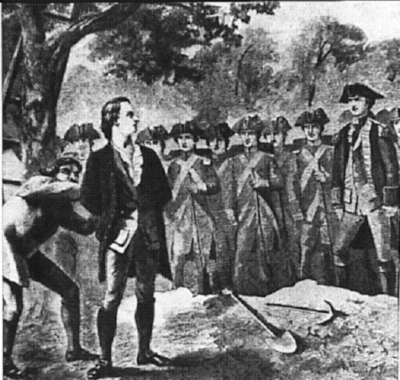
When Nathan Hale agreed to spy for the Continental Army, he was agreeing to put himself at incredible risk. Soldiers captured behind enemy lines were sent to prison camps, but spies were hanged on the spot. Hale was to change out of his uniform, go behind enemy lines, ask around about what the British were up to, and then simply walk back to camp with the information. This style of spying was common practice at the time, but it is what led to Hale’s capture and execution on his very first mission. The loss of Hale hit the patriots hard, particularly his old college friend Benjamin Tallmadge.
Tallmadge was a preacher’s son from Setauket, New York, serving as a major under General George Washington. Having risen through the ranks of the Continental Army, Tallmadge understood the importance of good intelligence and the risks it took to get it. With the war going poorly for the American underdogs, Washington tasked Major Tallmadge to find reliable informants. Washington’s focus was New York City, the first major American defeat of the war and the new British headquarters. Swarming with red-coats, the city held the secrets of the war and was near impossible to enter.
But Tallmadge was determined. In 1778, he created the Culper Spy Ring, which consisted of the most trustworthy people he knew: his childhood friends. Abraham Woodhull, a Setauket farmer, used selling his crop to the British army as an excuse to access New York City and a reason to talk to soldiers. Using fellow Setauket natives whale-boatman Caleb Brewster as a courier and Anna Strong as a signal, Woodhull gathered information on British troop numbers and movements. Brewster brought Woodhull’s information to Tallmadge, who informed Washington.
LaToya Morgan, a writer and producer of Turn: Washington’s Spies, an AMC series based on the actions of the Culper Ring, notes, “I find it remarkable that this actually happened,” that “a group of friends” worked with George Washington in the middle of the revolution. The show presents a dramatic retelling of the spy ring’s actions, using historical fact to “play within the lines of what was there.” The mystery surrounding exactly what happened leaves a lot of room for the show’s writers to fill in.
The spy ring gained more members as the war went on. Robert Townsend, a New York City café owner, signed on as another informant, and Setauket native Austin Roe helped to act as a courier between New York and Setauket. Occasionally the New York tailor-turned-spy Hercules Mulligan would aid the ring, but he is not considered an official member. The ring was also aided by a mysterious “Agent 355.” In the code used by the ring, this title simply meant “lady,” and nothing further was stated about her identity in official reports. In Turn, 355 is depicted as a former slave of Anna Strong working for British head of intelligence John André.
In addition to using exclusively non-military people, the ring employed several other new means of cryptography. All messages were sent in numbered code and signed using code names. Tallmadge went by John Bolton, Woodhull was Samuel Culper, and Townsend was Culper Jr., giving the ring its name. And seemingly straight out of Hollywood, the ring used actual invisible ink and coded newspaper articles to send messages. The secrets of the ring remained so secure that not even George Washington himself knew the identities of all of his agents. The ring’s success at protecting the identity of its members sparked a more modern method of spying.
The Culper Ring is believed to be the most successful chain of information on either side of the Revolutionary War. It helped uncover the betrayal of Benedict Arnold as well as capture John André. Without information from the Culper Ring, Lafayette’s French troops would have been attacked by the British as soon as they arrived in the colonies, likely ending essential French involvement in the war.
The most remarkable thing about the ring, however, was that none of its members were ever discovered. All members of the ring survived the war and went back to their normal lives. It wasn’t until years later that letters and reports were discovered and the world learned just what had happened.
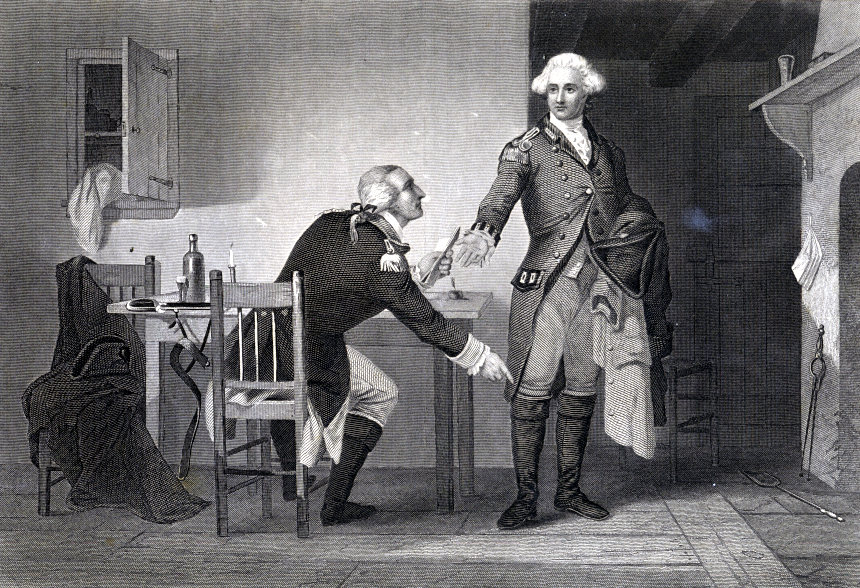
LaToya Morgan finds it surprising how little about the revolution is taught today in schools. “I can’t believe I didn’t know Washington was a spymaster.” Primarily known as a general and president, Washington’s secretive past is mostly ignored. Ms. Morgan believes it is due to the general’s secrecy that the Culper Ring is not more well known.
The secrets of the Culper Ring were so well guarded that it took 150 years to discover the identity of Culper Jr., and the identity of Agent 355 is still unknown.
“Ordinary people working with George Washington,” Morgan says. “It’s a great David and Goliath story.” A group of non-military people in a small town did what they could against the might of the British army, embodying the spirit upon which this country was founded.
Featured image: American spy master and leader of the Culper Ring, Benjamin Tallmadge. Shutterstock
Become a Saturday Evening Post member and enjoy unlimited access. Subscribe now
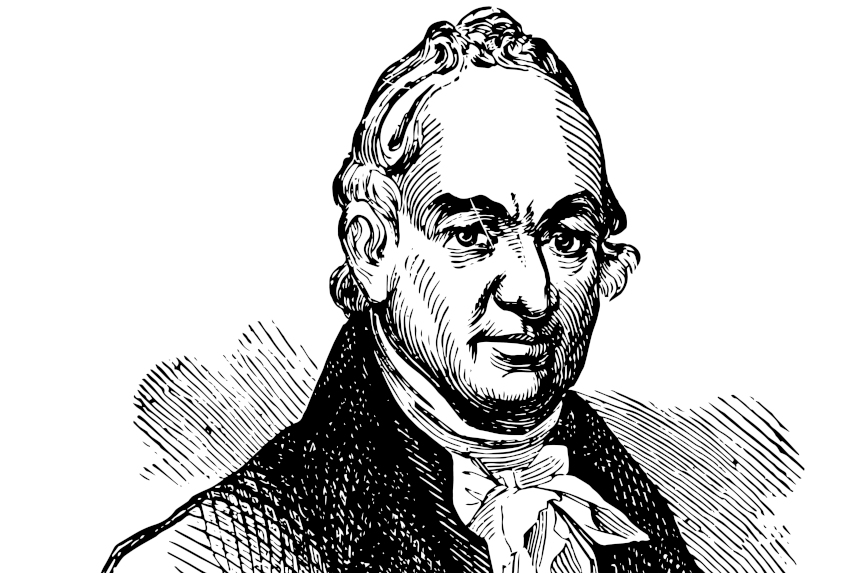
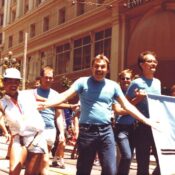
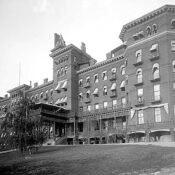
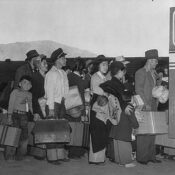
Comments
thank you
The series TURN is on Netflix. We just finished watching it. Each episode is about 45 minutes long since there are no commercials. If you watch it on AMC you have commercials. The series starts out a little slow but by the forth episode the pace picks up. I checked people and such on google search as I was watching to see if it really happened. As a rule it was pretty darn factual. Of course there had to be a bad guy and someone close has to die. Other than that you can rest assured you are pretty much learning history. The Townsend home still stands and is a museum. We really enjoyed the series and had regrets when it ended. Of course we were glad we won. Hahaha….darn it, I just gave away the ending.
Thank you for letting us know about the error! We have corrected it.
Setauket is in New York not New Jersey.
Thank you for pointing out the error! We have made the change.
Interesting article about the Culper Ring but the caption under the photograph should read: American general-turned-traitor Benedict Arnold and British general [should be “Major” not general] John André were exposed by the Culper Ring. (Library of Congress)
I love American History and when I read this article, I pulled out my copy of the book,that the AMC series was based on to re-read it. Being that I live On Long Island I was able to do a tour out east where the Culper ring as based. This article brought back so many memories. Sometimes I wish I could take 1 week back then to see how things were done with phone, the internet ect. Ah , “the good old dyas”.
I have read articles and books about Washington’s six secret spies ie. the Culper spy ring. A very interesting tribute to ones who could keep secrets. Today’s Press would be beside themselves.
This is one of the most fascinating things I’ve ever read about the Revolutionary War, Ms. Messina; The Culper Ring. There’s a lot more to George Washington than I realized, and want to see La Toya Morgan’s AMC series. I didn’t know about it either until your terrific article here.
I’m really impressed at how sophisticated their spy techniques were for the time, and KEEPING the secrets secret! Coded newspaper articles, invisible ink??! Wow! The Americans had some fantastic tricks up their sleeves. No doubt we have this necessary covert action to thank for exposing John Andre and especially traitor de luxe, Benedict Arnold. I used to do some detective work in the ’90s and wonder if I could have incorporated some of these techniques myself. They’re a little vintage, but so what, and who cares if they get the job done?!